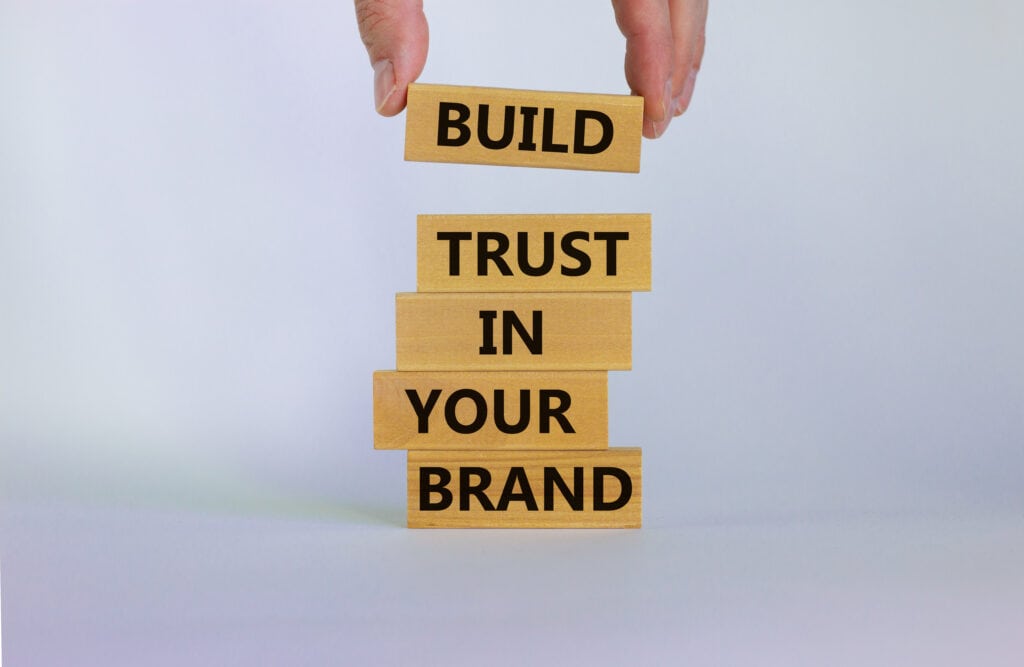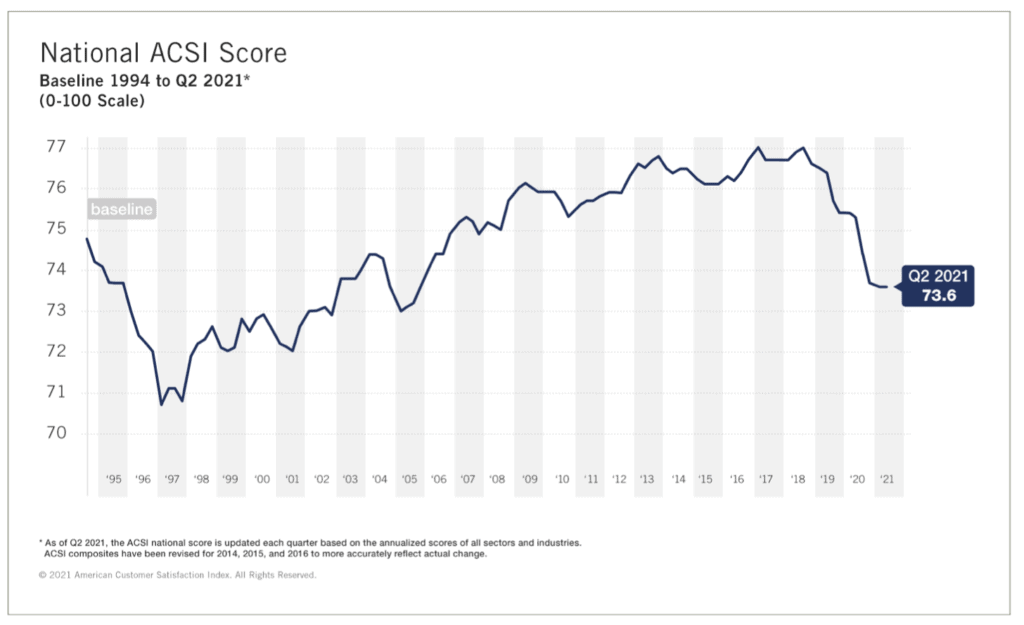
“How to use content marketing to rebuild customer trust?”

A marketer in one of our workshops asked: “How can we use content marketing to regain customer trust in our brand?”
Every brand makes mistakes, and if they don’t address the mistake correctly, customers lose trust.
That’s why marketers often find a need to apologize to a customer. “How to apologize to customers effectively?” is one of the perpetual questions in marketing.
Too often, instead of apologizing, companies are tempted to cover up their problems. Facebook, for example, was the subject of a recent story in The Wall Street Journal about how it made its algorithm even more divisive. By covering up its actions, it made the story even bigger.
Facebook is hardly alone. During the Deepwater Horizon crisis, former BP CEO Tony Hayward lost his job with his ineffective apology.
Don’t be tempted to cover up problems
Cover-ups only make problems grow in magnitude as the truth slowly dribbles out. As Shakespeare wrote, “All will out.”
Executives need good counsel from Marketing to avoid this kind of mistake. Marketing needs to be both consistent and persistent to get executive support for an apology.
The stakes around an apology are high. The lack of a good apology damages business relationships, drives distrust in brands and ruins reputations.
Ask Volkswagen, which lost $17 billion in value on the first day that news of the Dieselgate scandal came out. That scandal cost an additional $25 billion in the short term. Years later, Volkswagen’s brand and reputation remain impaired.

How to apologize well
A straightforward approach to apologizing comes from my late friend Tripp Frohlichstein, who always said, “When you mess up, ‘fess up and dress up.”
Speed is of the essence. The quicker you nip the problem in the bud, the less media and reputational damage your brand will have to suffer.
The bigger the problem, the more you need a CEO or executive to make the apology. Otherwise, it may appear that you’re not taking the problem seriously enough.
An effective apology must include 4 elements. If any element is missing, people won’t consider the issue closed. So, the crisis will drag on.
Apologize thoroughly with all 4 elements:
- A candid admission that you did wrong, directed at who was harmed. Express genuine willingness to take responsibility for the problem. Don’t make excuses or shift blame.
- A clear apology with sincere remorse, saying “We’re sorry for the mistake we made.” No matter what the lawyers advise.
- A promise to investigate the problem, and a commitment to change so it won’t happen again. You also need a credible plan to head off the problem’s future recurrence.
- A way to make your customer whole, in proportion to the size of the problem experienced. This action could be an offer to pay to fix the problem, an offer of free products or services, or an extra personal touch in customer service for the affected customer(s).
When the problem you cause customers is small in scope, you can address it one on one through customer service.
But, as a problem gets bigger, you need to address it with the right content in social media, on your website, in emails, and perhaps even in news media.
Remember, customers are harder to please today
Taking the right approach to an apology is crucial, now more than ever. That’s because people are much harder to please today.
The American Customer Satisfaction Index, a cross-industry view of customers’ satisfaction, is at a 16-year low. Satisfaction is at 73.6 on a 100-point scale.

Customers’ lack of satisfaction is not completely surprising. During the pandemic, many businesses can’t hire enough employees to provide their usual level of service.
Dissatisfied customers are even touchier today. They’re much likelier to get angry, post horrible things on social media, act out in your office or store, or quit your brand altogether.
If you don’t apologize quickly and effectively, dissatisfied customers will spread their dissatisfaction to others by word of mouth – enlarging the mess you have to clean up in the long run.
The right apology can make your brand even more valuable
On the other hand, when you effectively apologize and make your customer whole, you create a customer who’s more loyal to your brand. Good customer service can turn angry customers into loyal ones, as the Harvard Business Review found.
“How can we use content marketing to bring back customers’ trust in our brand?” is one of marketers’ Top 100 Questions about content marketing. Here are the answers.

